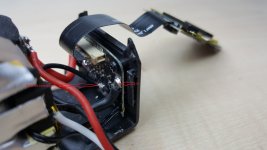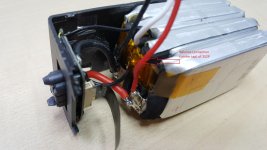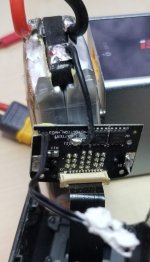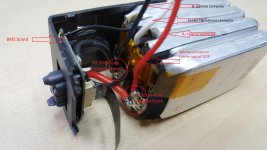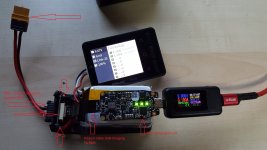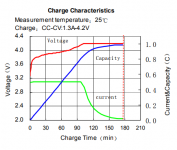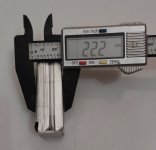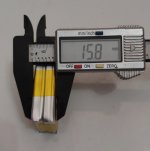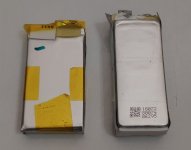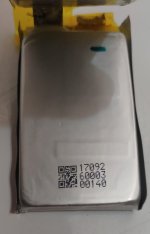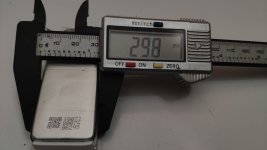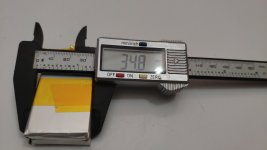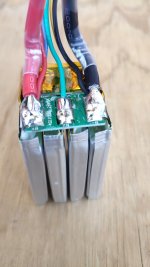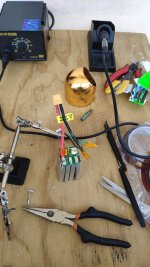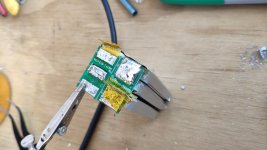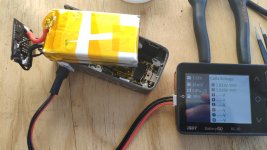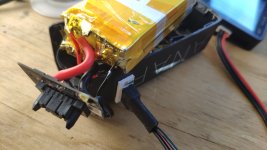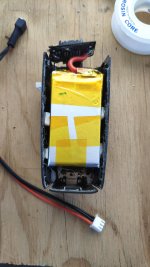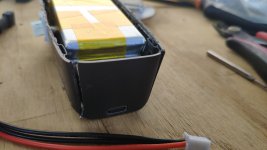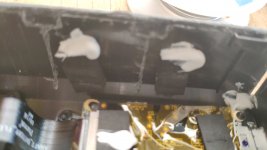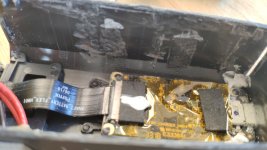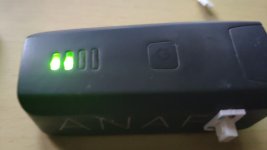Continued from post #115 (you may want to read comments up to this post.)
Some additional testing of the Anafi 2S2P 3100mAH Tattu battery pack.
BMS = Battery Management System. ~ (Tilde) = about or approximately.
Previous tests indicated that the BMS was auto-landing @ 1% and the voltage was still relatively high, (~7.5V) which should have had no influence. I’ve done this test a total of four times and the results have been <18 minutes @ hover. The battery pack had been charged each time using a USB C 65W PD charger as depicted in (Ref-011) at ~17W.
Wanting to charge the pack more quickly like the after-market triple charger does I robbed a connector, (Ref-007-009) to connect to the iCharger X6, (Ref-012) and balance charge using it. Let the fun begin!
After charging with the X6 the auto-landing did not happen until ~ 23 minutes with the pack voltage @ 7.30V and each cell ~3.65V. The FF6 displayed 100% for ~ 6 minutes and then started to decline in value. This can be seen in the screen captures, (Ref-001-005). Ref-001 & 004 are USB charges, not X6 charges.

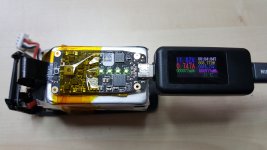
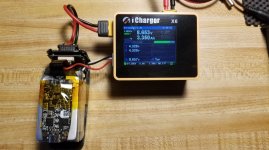
Observations/Comments: The BMS is still a mystery to me.
The three port after-market charger maximizes the charge rate the BMS will except, (2.7A or ~23.5W or 1C). Any charge current over 2.7A @ 8.7V the BMS will open the circuit stopping the charge. I have tested this aspect trying to charge the 3100mAH Tattu battery @ 1C. Damage to the Anafi battery pack is unlikely, but that is not to say the charger can’t have it’s own problems, (pictures & reviews on-line).
Some have mentioned installing a XT-60 connector & balance connector and charging with a typical LiPo HV charger. The problem with this is that the BMS doesn’t know the battery is fully charged. What happens is you can’t take off because the Anafi, FF6 & the BMS all see zero, (0) percent. How do I know, been there done that!
I could go on, but prefer to let others come to their own conclusions and question mine. Questions welcome and I’ll do my best to answer them in the thread.





